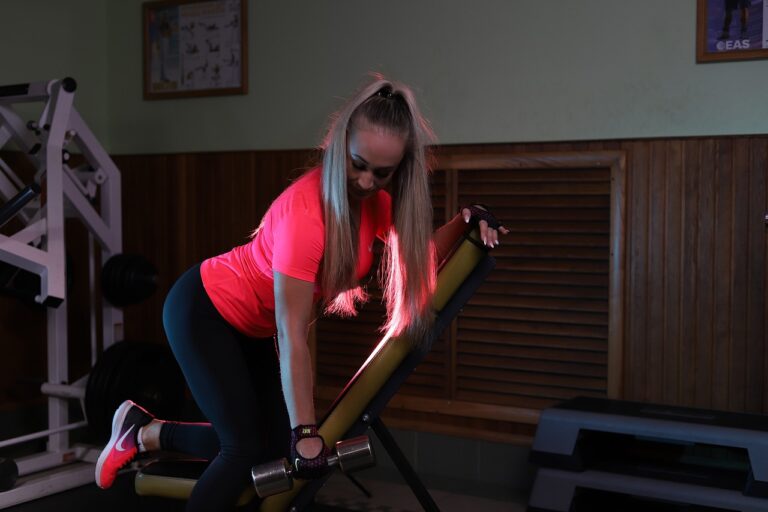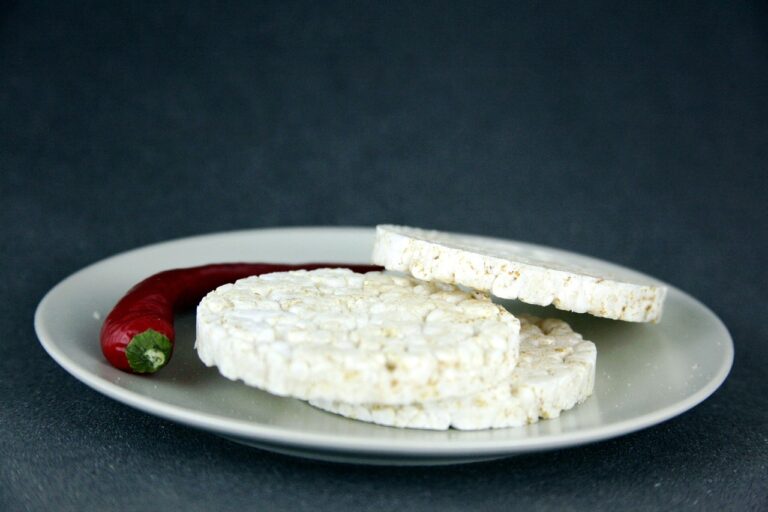The Benefits of Tai Chi in Hospice Care: 11xplay reddy login registration, Gold365 login, Skyfairs new id
11xplay reddy login registration, gold365 login, Skyfairs New ID: Tai Chi is an ancient Chinese martial art that has gained popularity in recent years for its numerous health benefits. This gentle form of exercise focuses on slow, deliberate movements, deep breathing, and meditation. While many people practice Tai Chi for its physical and mental health benefits, it can also be incredibly beneficial for those in hospice care.
Here are some of the key benefits of incorporating Tai Chi into hospice care:
Promotes relaxation and reduces stress: Tai Chi’s slow, flowing movements can help calm the mind, reduce stress, and promote relaxation. This can be especially beneficial for individuals in hospice care who may be experiencing anxiety or fear about the end of life.
Improves balance and coordination: Tai Chi involves shifting your weight from one leg to another, which can help improve balance and coordination. This can be particularly valuable for hospice patients who may be experiencing physical decline or weakness.
Increases flexibility and range of motion: The gentle stretching and twisting movements in Tai Chi can help improve flexibility and range of motion, making it easier for hospice patients to move comfortably and maintain their quality of life.
Enhances mindfulness and emotional well-being: Tai Chi incorporates mindfulness practices, such as deep breathing and meditation, which can help hospice patients feel more grounded, present, and at peace during this challenging time.
Promotes social connection: Tai Chi can be practiced in a group setting, which can provide hospice patients with a sense of community and support. This social connection can be invaluable for individuals who may be feeling isolated or lonely.
Supports pain management: Some studies have shown that Tai Chi can help reduce pain and improve overall quality of life for individuals with chronic illnesses. For hospice patients, who may be dealing with pain and discomfort, Tai Chi can offer a non-pharmacological approach to pain management.
FAQs:
Q: Can hospice patients with limited mobility still benefit from Tai Chi?
A: Yes, Tai Chi can be adapted to accommodate individuals with limited mobility. Instructors can modify movements and provide support as needed to ensure that all hospice patients can participate safely.
Q: Is Tai Chi safe for individuals with terminal illnesses?
A: Tai Chi is generally considered safe for individuals with terminal illnesses, but it’s important to consult with a healthcare provider before starting any new exercise program. Instructors should be trained to work with hospice patients and provide appropriate guidance.
Q: How often should hospice patients practice Tai Chi?
A: The frequency of Tai Chi practice can vary depending on individual needs and preferences. Some hospice patients may benefit from daily practice, while others may find weekly sessions to be more appropriate. It’s essential to listen to the body and adjust the practice as needed.
In conclusion, Tai Chi can offer a unique and valuable form of physical, emotional, and social support for hospice patients. By incorporating this gentle exercise into hospice care programs, individuals can experience improved well-being, enhanced quality of life, and a sense of peace and connection during this significant time.







